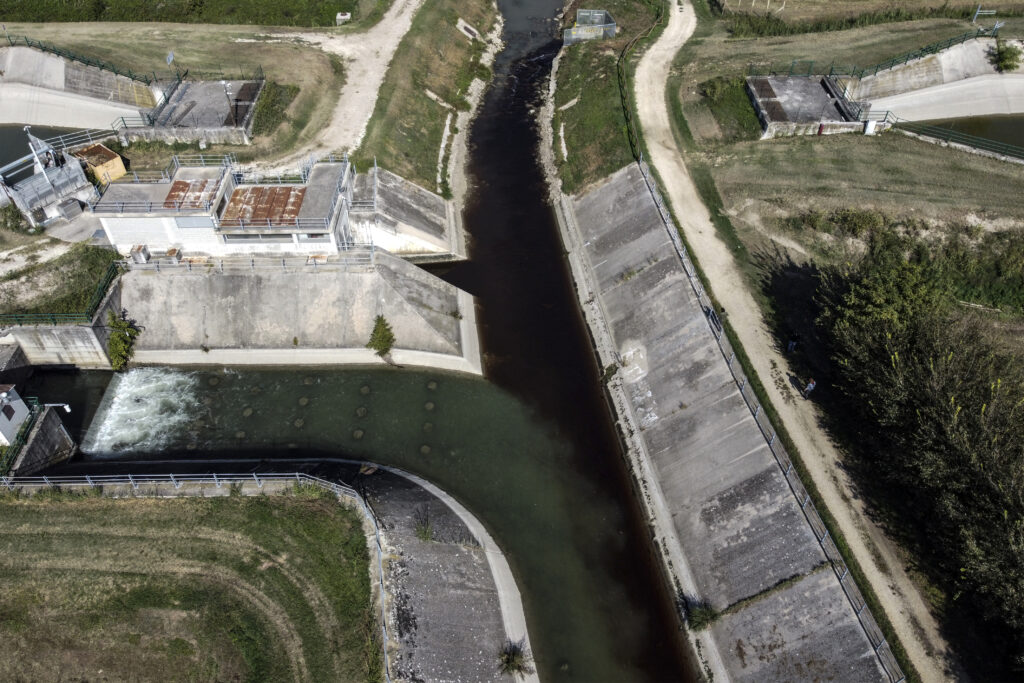 Photo Essay
Photo Essay
Photo Essay: Something’s in the Water
Stefano Schirato / Truthdig January 8, 2024 The people fighting the "forever chemicals" contaminating Italy. 13 photos2024 EPPY Award: Best Photojournalism on a Website
-
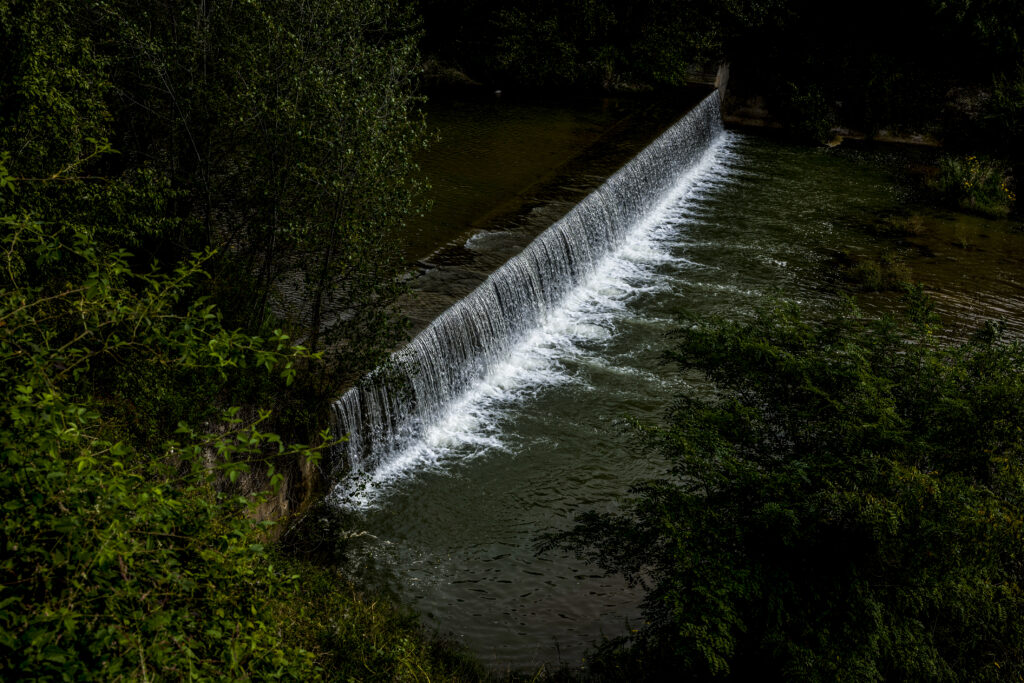
Trissino, Vicenza, Italy.
Agno torrent.
The river is contaminated by PFAS, discharged for decades by Miteni directly into the Agno River and into a civil purifier that discharges into the Fratta-Gorzone River, whose water is used to irrigate the fields and raise animals. Today, groundwater contamination extends over approximately 180 square kilometers, affecting over 350,000 people in approximately 50 municipalities and four provinces of the Veneto.
-
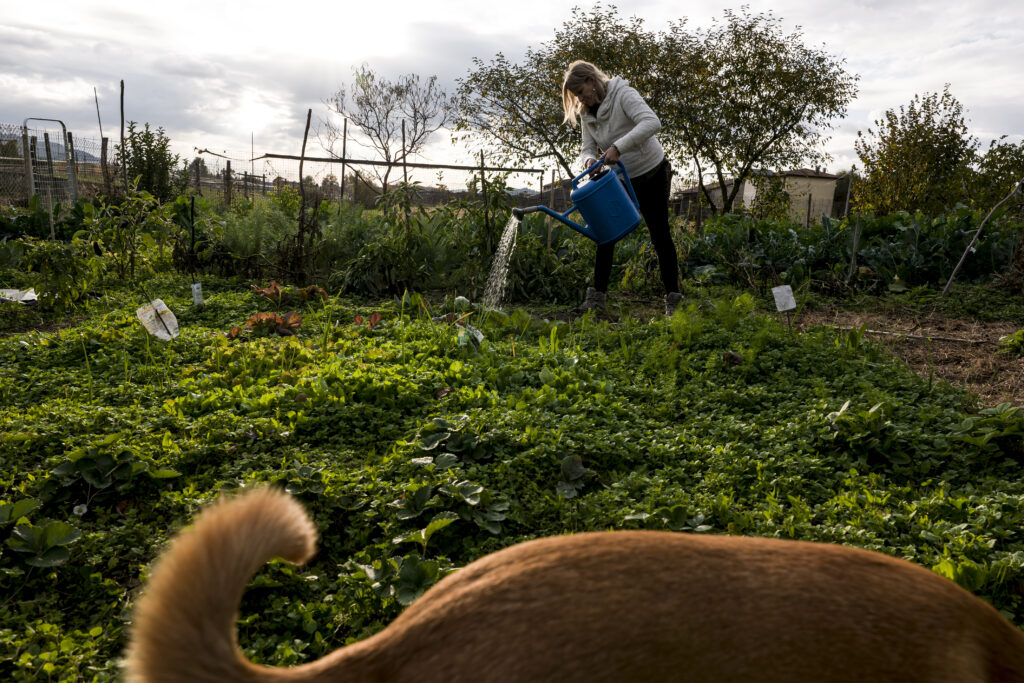
Vincenza, Italy.
Elisabetta Donadello, 48, farmer and activist.
Her garden has never been irrigated with well water, after PFAS contamination levels were found to be 18,000 nanograms per liter. Elisabetta uses rainwater, stored in tanks.
-
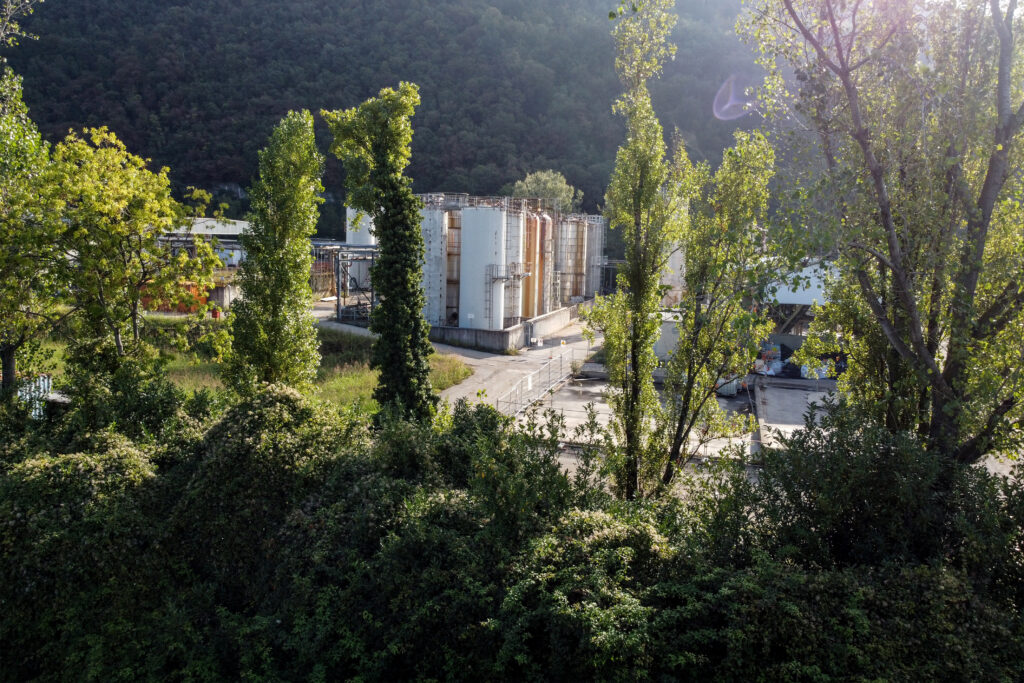
Trissino, Vicenza, Italy.
Miteni chemical company, definitively closed in 2018.
Miteni was an Italian chemical company that produced PFAS, or fluorine-based compounds which, thanks to their resistance to heat, water and fats, have various industrial applications, including the production of wrappers for food use. The company went bankrupt following the contamination of the water table in a vast area of 150 square kilometers around the Trissino plant.
-
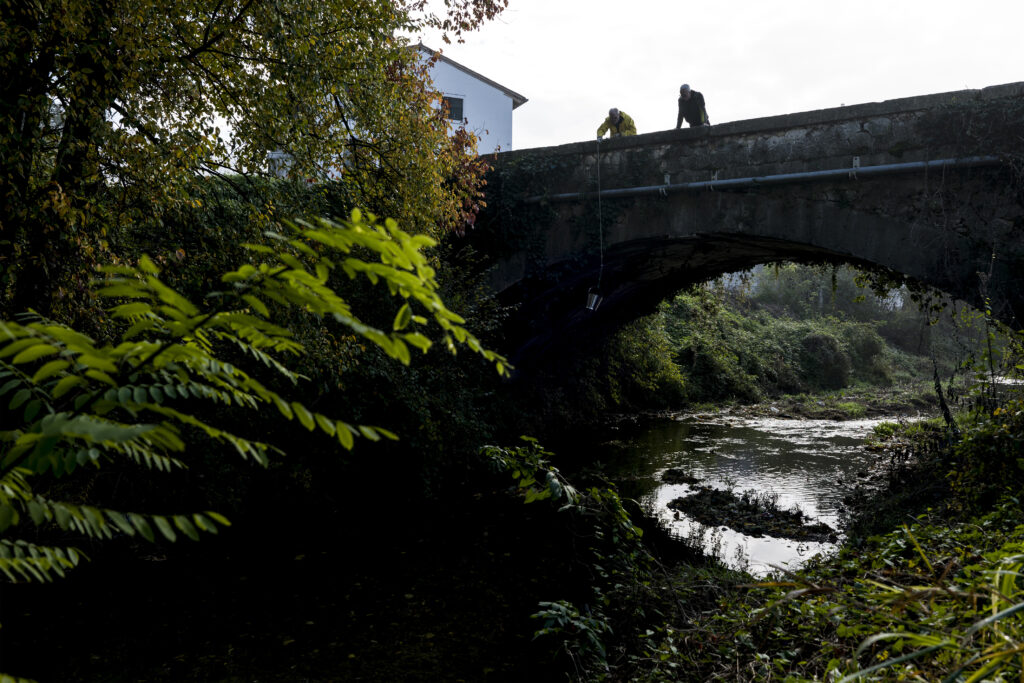
Trissino, Vicenza, Italy.
Stefano Polesello, 57, researcher at CNR Water Research Institute, analyzes the water of the Poscola stream, adjacent to Miteni together with Alberto Peruffo, 55, PFAS LAND activist.
Since 2011, Polesello has identified the PFAS pollution in the aquifer, with an environmental and health risk assessment study due to perfluoroalkyl substances.
-
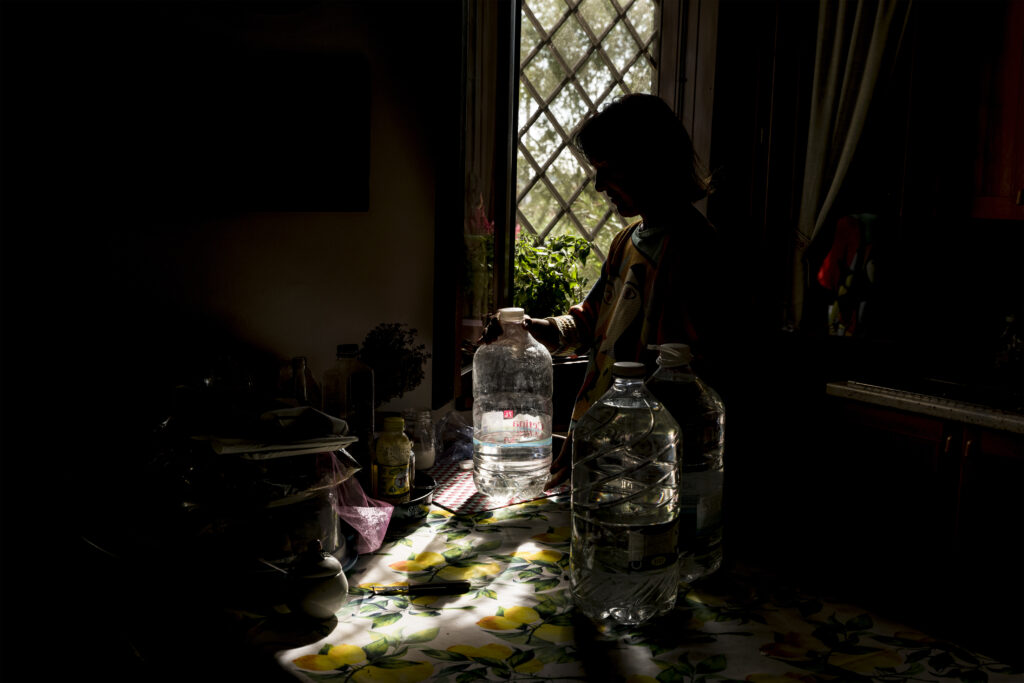
Lonigo, Vicenza, Italy.
Franca Gaspari, 53, teacher, takes water for cooking from the bottles that she regularly fills with filtered and uncontaminated water.
-
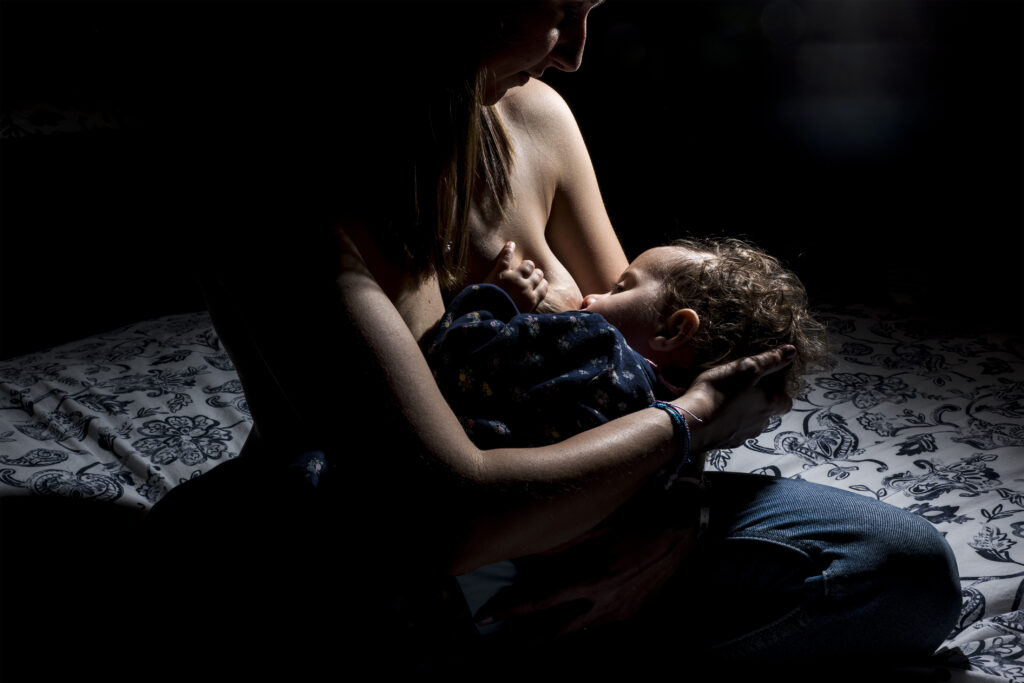
Sarego, Vicenza, Italy.
Elena Sartori, 31, while breastfeeding her second daughter.
Although aware of the risk of passing PFAS to her daughter through breastfeeding, Elena continues to do so because her blood PFAS values are still normal.
-
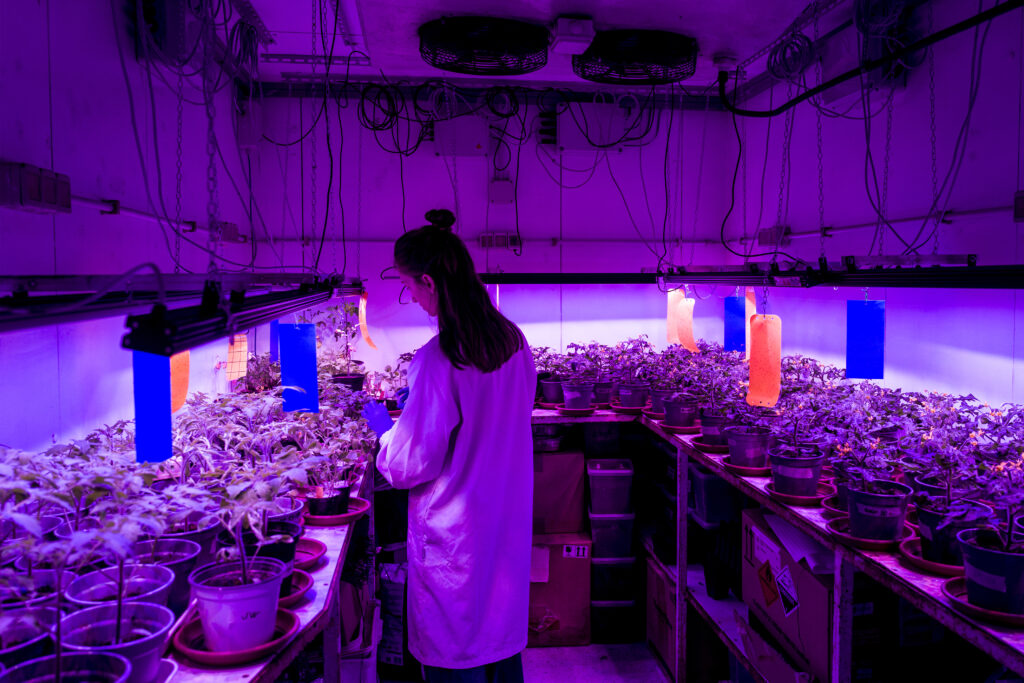
Padua, Italy.
Campus of Agripolis – School of Agriculture and Veterinary Medicine – Department of Agronomy.
Antonio Masi, associate professor at the University of Padua, biochemist and plant physiologist, and his students study the effect of PFAS molecules on plants and soil.
-
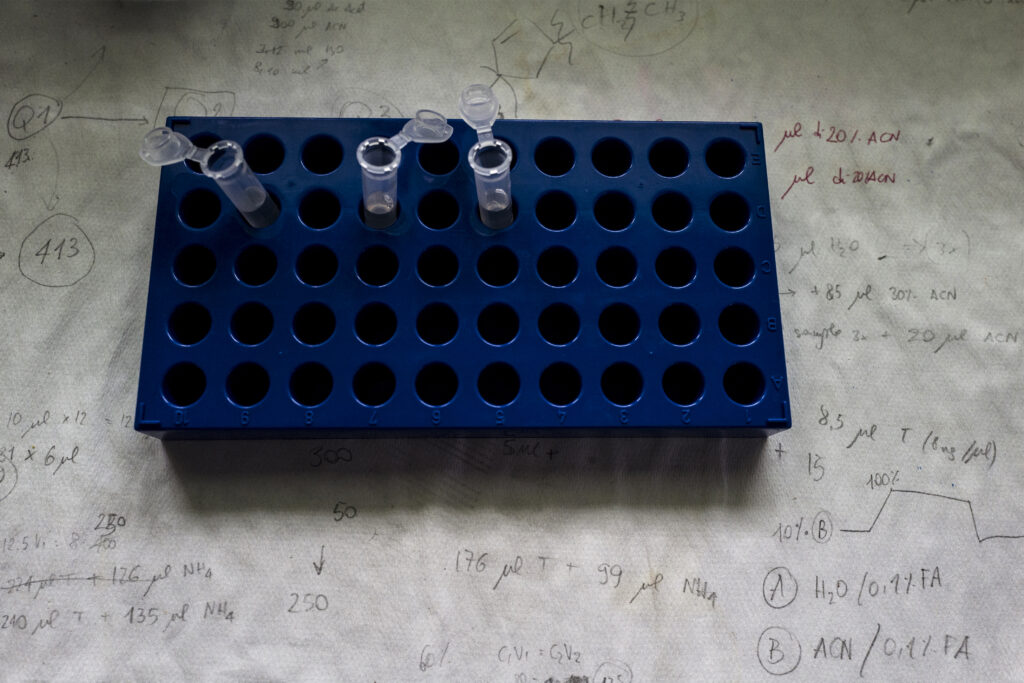
Padua, Italy.
Campus of Agripolis – School of Agriculture and Veterinary Medicine – Department of Agronomy. At the end of a series of extraction and purification steps from agri-food matrices, such as water, soil, fruits, leaves, the samples are kept in test tubes, waiting to be analyzed in the mass spectrometer.
-
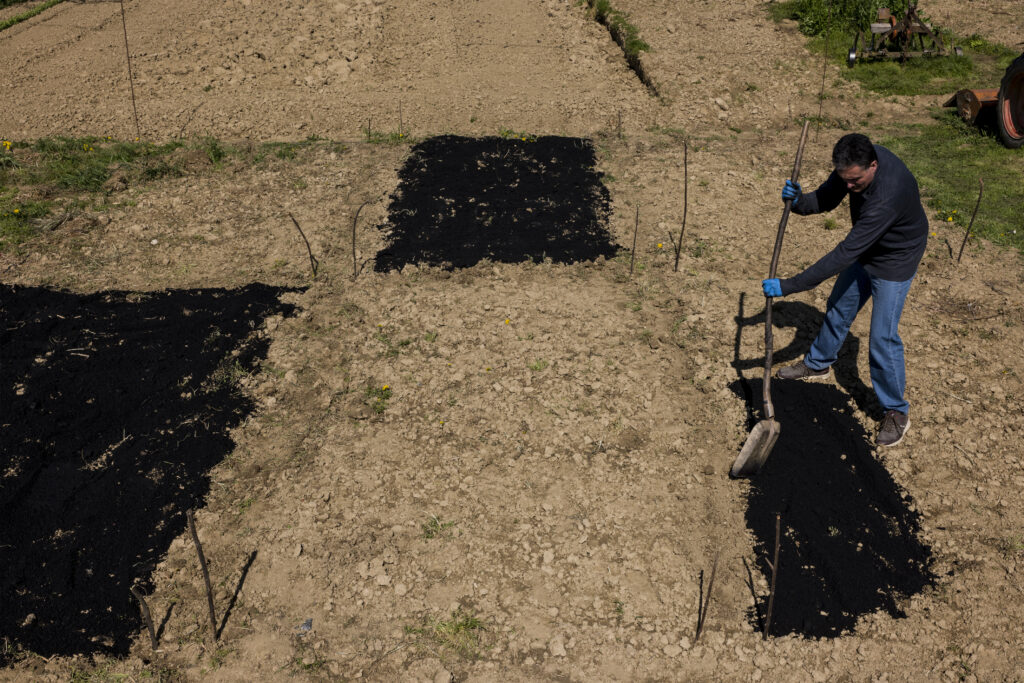
Vicenza, Italy.
Giancarlo Renella, 54, ordinary professor of agricultural chemistry at University of Padua.
Elisabetta Donadello has donated a portion of her orchard to the University in order to conduct analysis of the ground. In the picture, Giancarlo Renella is spreading Biochar, a product of virgin wood pyrolysis, on the field. Biochar seems to be able to block PFAS, preventing them from being absorbed by plants and washed away in the water.
-
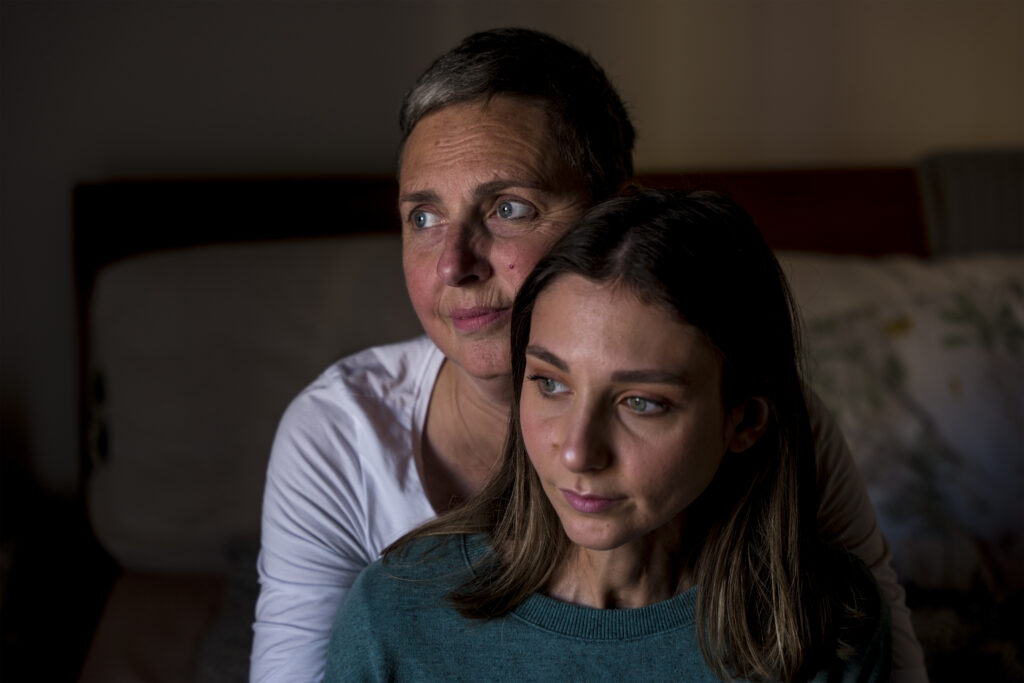
Lonigo, Vicenza, Italy.
Cinzia Sartori, 59, retired from RNS, with her daughter Silvia Adami, 25, student.
Cinzia fights with a tumor that started in her breast and then recurred in her pancreas.
-
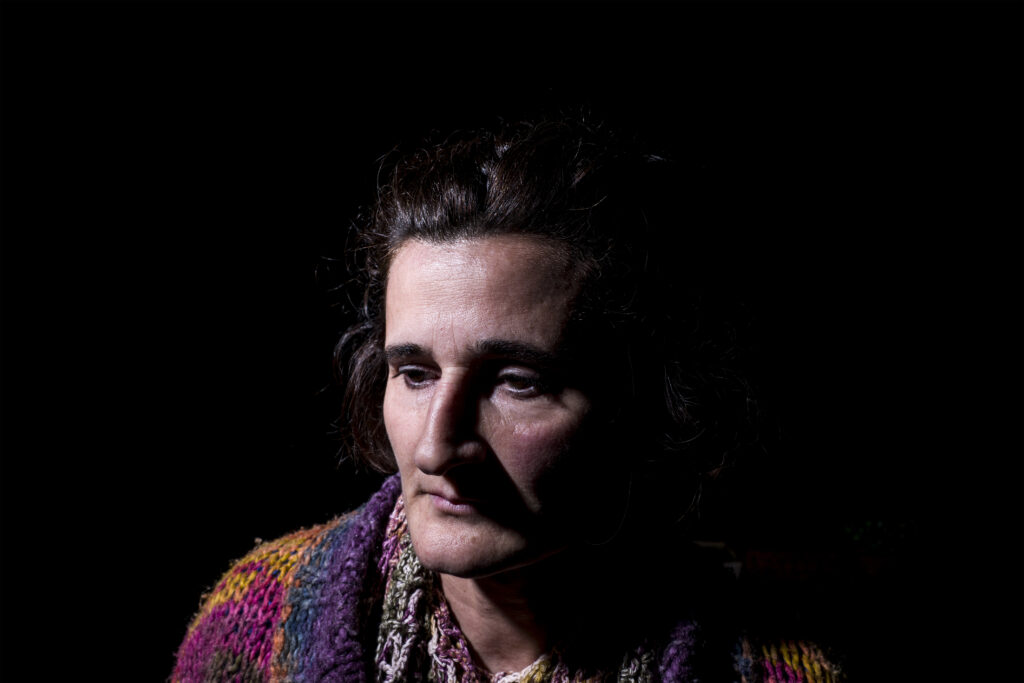
Lonigo, Vicenza, Italy.
Michela Piccoli, 49, nurse at Arzignano Hospice.
Michela is a co-founder of the Mamme No PFAS movement, together with other mothers.
In 2017, due to a request for screening by the Local Health Unit of the Veneto Region addressed to 16-17-year-olds, Michela’s daughter, Maria, found out peculiar parameters in her blood.
-
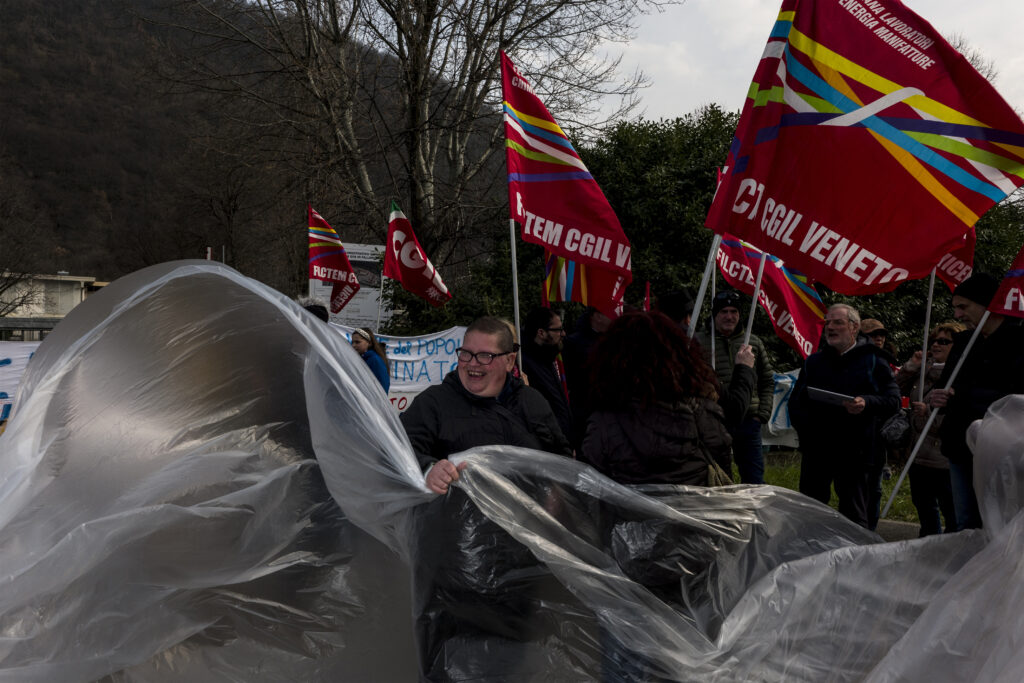
Trissino, Vicenza, Italy.
The citizens, associations and No PFAS movements of the Veneto are asking for the reclamation of the area where the former Miteni factory, responsible for the serious pollution of the aquifer, stands in the province of Vicenza.
-
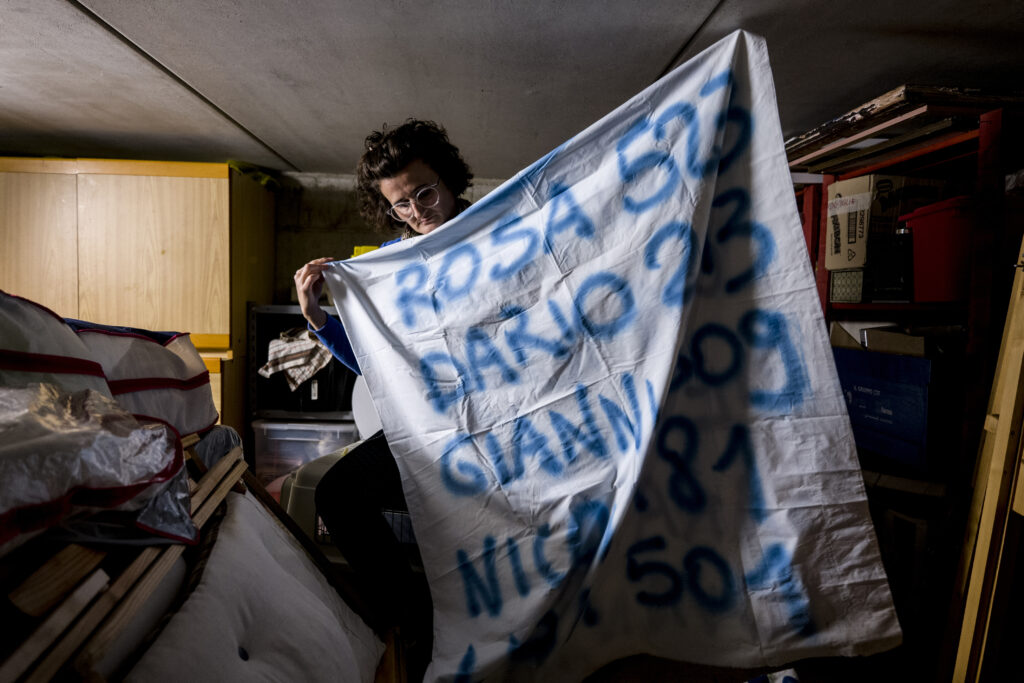
Lonigo, Vicenza, Italy.
Michela Piccoli, 49, nurse at the Arzignano Hospice and activist, shows the banner they use during demonstrations and protests.
On this banner there are the names of the activists, along with the level of nanograms of PFAS in their blood. Together with other mothers, Michela founded the Mamme No PFAS movement.